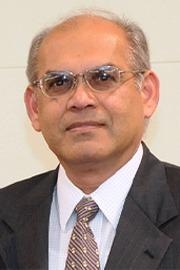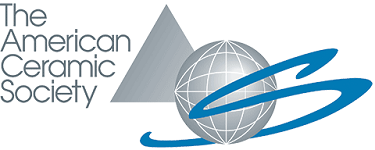In this interview, AZoM talks to Mohamed Rahaman, professor emeritus of materials science & engineering at Missouri University of Science and Technology, about bioceramics and their potential uses in biomedical engineering.
Can you give a brief overview of your career and what led you to academic writing?
Following a Ph.D. degree in the area of polymer science (University of Sheffield, UK) and postdoctoral positions in the area of ceramic materials (University of Leeds, UK; Lawrence Berkeley National Laboratory), I was a professor for over 30 years at Missouri University of Science and Technology (formerly the University of Missouri-Rolla), retiring as a Professor Emeritus.
I was drawn to academic writing because I felt that the course needed a textbook, I was teaching in order to assist students in gaining a proper understanding of the subject. The present text is not the first text I have written. In one form or another, my text on ceramic processing and sintering has been in publication continuously since it was first published in 1995.
Who would benefit most from reading this text?
Junior or senior undergraduate students taking biomaterials courses as part of their curriculum in biomedical engineering or in another engineering discipline would benefit most from reading this text. Graduate students and practicing scientists and engineers in the area of biomedical materials would also find the book an excellent resource.
In your opinion how has the pandemic changed the way in which people learn within your industry?
In the academic profession, the pandemic has not changed the way in which people learn – essentially, procedures have been adopted to mitigate the spread of the pandemic and continue effective learning.
How has the field changed throughout your career?
The field of biomaterials has seen considerable changes during my career. Perhaps one of the greatest developments has been a shift in emphasis, resulting in the biological sciences playing a significant role in the design of biomaterials compared to that of materials science. Instead of being designed to be chemically inert and to serve, mainly, a mechanical (physical) function, biomaterials are now being designed to regenerate tissues and organs and to direct the response of cells and tissues. In doing so, these biomaterials stimulate the body to heal itself.
What is the process for writing a comprehensive text, such as this?
The best approach to writing a text aimed particularly at students is to teach a course on the subject. Having taught and co-taught a biomaterials course for several years, I had a considerable amount of class notes. However, converting those class notes into a suitable textbook is a different story altogether. Writing a textbook is time-consuming and requires a considerable amount of dedication.
Although the text is comprehensive, it covering the subject in-depth and breadth, it is accessible and easy to read and understand.
What were your biggest challenges that you faced in writing the text?
Some of the main challenges were:
- Maintaining the cohesiveness and level of the discussion throughout the entire book manuscript.
- Discussing the topics in sufficient depth and breadth, but in a concise manner that the target audience would find accessible and easy to understand.
- Completing the manuscript in a timely manner (as noted earlier in response to one of your previous questions, the preparation of a textbook is very time-consuming project).
How can someone purchase the textbook?
The textbook can be purchased in the ACerS bookstore at https://www.wiley.com/en-us/Materials+for+Biomedical+Engineering%3A+Fundamentals+and+Applications-p-9781119551096

Image Credit: American Ceramic Society
About Mohamed N. Rahaman
Professor Emeritus of Materials Science and Engineering, Missouri University of Science and Technology, USA. Dr. Rahaman is a Fellow of the American Ceramic Society, the author of five textbooks, the author and co-author of over 280 reviewed journal articles and conference proceedings, and the co-inventor on three US patents in the area of medical devices.


This information has been sourced, reviewed and adapted from materials provided by The American Ceramic Society .
For more information on this source, please visit The American Ceramic Society .
Disclaimer: The views expressed here are those of the interviewee and do not necessarily represent the views of AZoM.com Limited (T/A) AZoNetwork, the owner and operator of this website. This disclaimer forms part of the Terms and Conditions of use of this website.